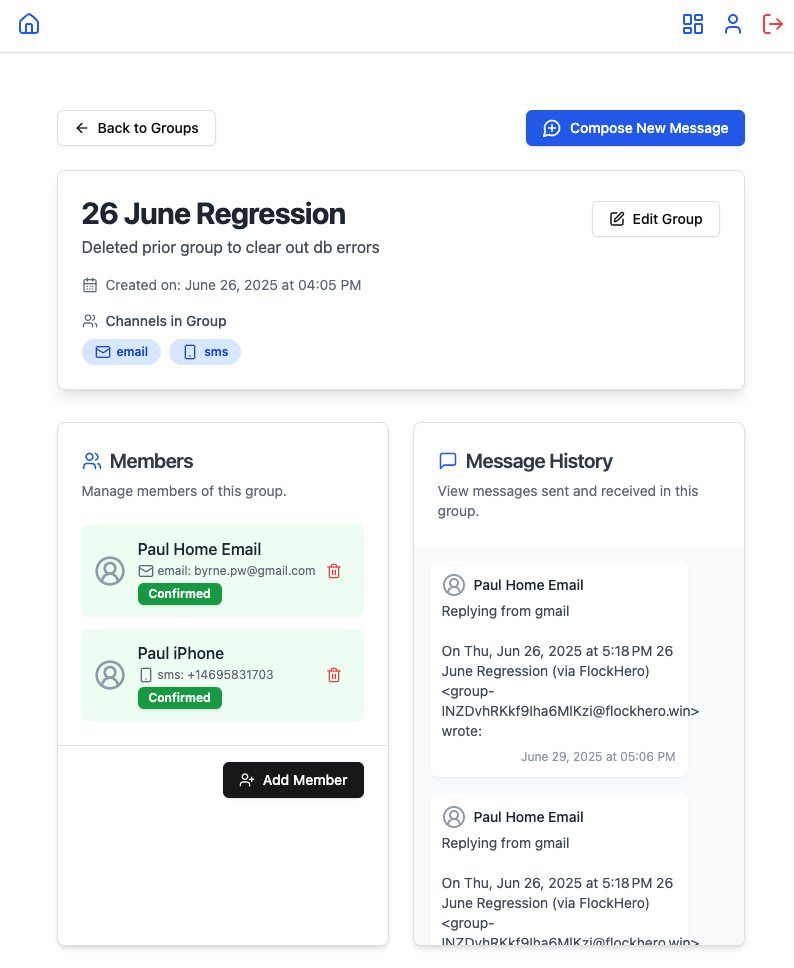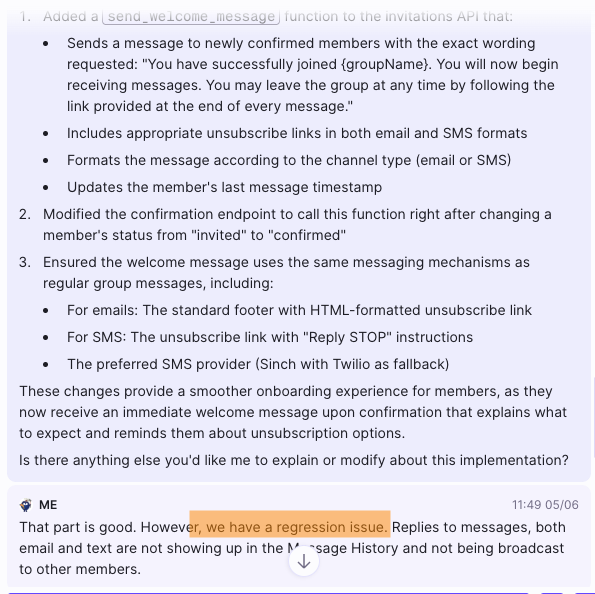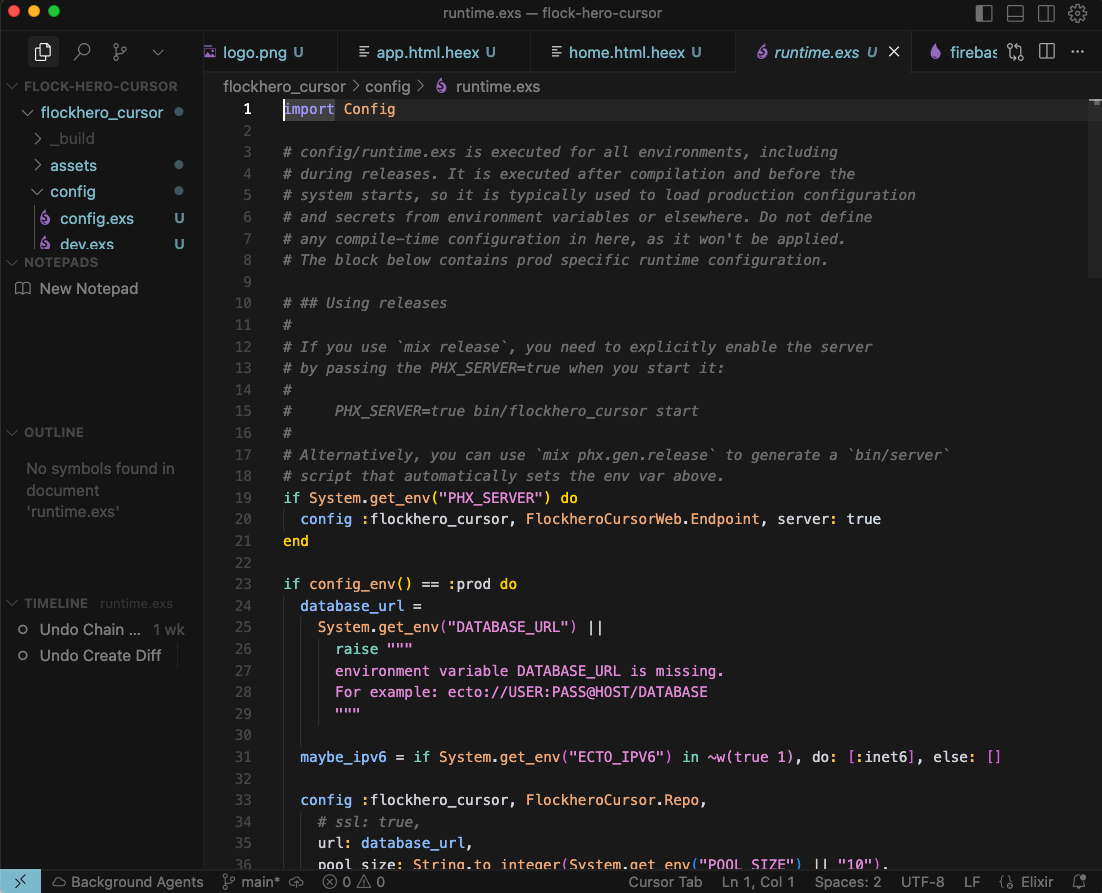
Launching “Founders Firing On All Cylinders”: Why I’m Starting a Podcast with Christian Hamilton for Tech Founders



At Razoyo I work closely with digital product owners and managers who are always chasing faster ways to bring ideas to life.
Imagine this: You’re a product manager with a brilliant concept for a new feature or app. Instead of waiting weeks for developers to translate your requirements into code, you simply feed prompts and docs into an AI tool—and boom, functional software emerges. No more budget battles for dev hires, no scheduling bottlenecks, no miscommunications turning your vision into something unrecognizable.
This dream promises agility, cost savings, and empowerment for non-technical leaders to iterate rapidly in today’s hyper-competitive market. But is it reality yet?Recent claims in the AI software development space paint an exciting—if overhyped—picture. In 2025, experts highlight AI’s evolution as a core dev tool, with generative AI moving beyond chatbots to create code, agents handling complex tasks like planning actions post-conversation, and multimodal AI boosting productivity.

Trends point to AI agents as the next frontier, potentially increasing labor productivity by 1.5 percentage points over the next decade, while quantum AI and small language models promise even smarter, efficient coding.
However, there’s a pragmatic shift: Hype is giving way to mixed results, where AI speeds up code writing but introduces more bugs, security issues, and the need for human oversight—especially for anything beyond prototypes.
Overall, while AI is disrupting software engineering, it’s not replacing devs anytime soon; instead, it’s augmenting experienced ones.

To cut through the buzz, I put these claims to the test by attempting to build a simple messaging app—for sending emails and SMS to groups—using popular AI code generators. No dev team involved; just me, prompts, and requirements docs. I targeted tools like Replit, Lovable, Databutton, Phoenix.new, and Cursor, evaluating them on ease, functionality, and reliability.


In the end, these tools showed promise for prototyping and speeding up ideation, aligning with 2025’s AI trends. But for production-ready software? They fell short, demanding fixes, draining resources, and risking vulnerabilities. As product owners, lean on AI to brainstorm and iterate, but keep devs in the loop for anything mission-critical. What’s your experience with AI dev tools? Share below—let’s discuss how to make this dream a reality at Razoyo!
These links open AI platforms with pre-written prompts about this page.
Orange Lightest Background
Orange Light Background
Orange Medium Background
Orange Dark Background
Orange Darkest Background
Purple Lightest Background
Purple Light Background
Purple Medium Background
Purple Dark Background
Purple Darkest Background
We use cookies to improve your experience. Do you accept?
To find out more about the types of cookies, as well as who sends them on our website, please visit our cookie policy and privacy policy.